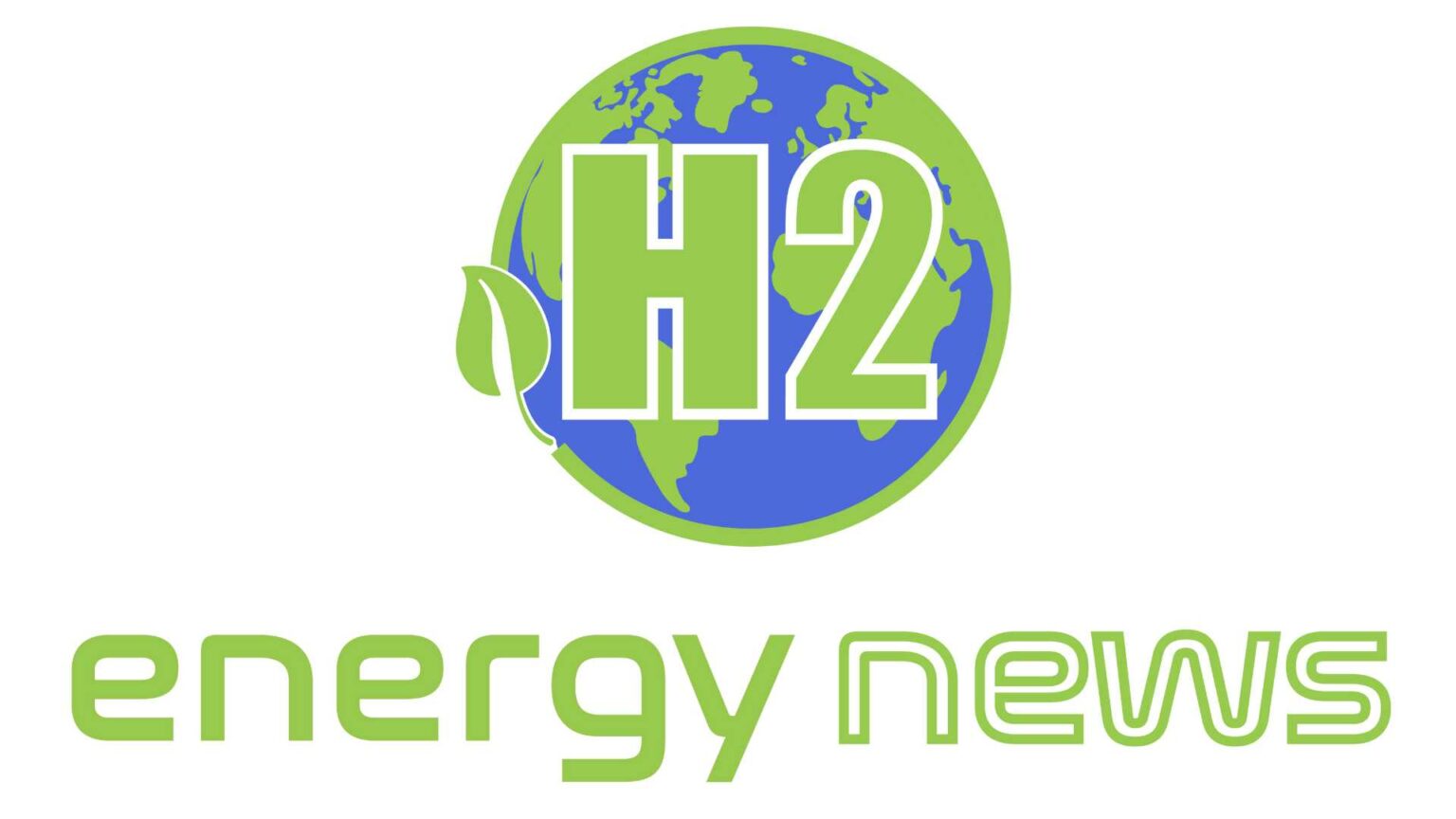A kilowatt-scale pilot plant that can generate solar-powered heat and green hydrogen has been created by researchers.
The largest solar-to-hydrogen plant built to date generates almost half a kilogramme of hydrogen in 8 hours, or just over 2 kilowatts of comparable output power.
Almost 95% of the hydrogen used in the world today is produced by cracking natural gas, a process which also produces carbon dioxide. This hydrogen is mostly utilised to produce fertilisers and other chemicals as well as to refine oil. Yet hydrogen also shows great potential as a fuel for ships and aircraft, as a home heating fuel, and as a source of energy.
But, hydrogen must be produced with little or no emissions utilising nuclear or renewable energy sources. The concept of “green hydrogen” is currently gaining popularity worldwide. For instance, it serves as the focal point of Australia’s attempts to decarbonize its economy.
Solar energy may be used to split water into hydrogen and oxygen, which is one of the most environmentally friendly ways to produce hydrogen. Using photoelectrochemical (PEC) systems, which combine a photovoltaic and an electrolyzer device, this can be accomplished. The photovoltaic (PV) gadget collects solar energy and produces electricity, which powers the electrolytic separation of water. You don’t need to plan and budget for two different systems, according to Haussener. Since it is one integrated system, there is a cost advantage in the long run.
At the laboratory scale, PEC systems have demonstrated to be incredibly promising. Researchers have so far shown off small-scale systems with an output power of under 100 watts. According to Haussener, expanding to larger systems is difficult since it necessitates striking a balance between productivity, stability, and operational costs.
She and her colleagues use mirrored reflectors to aim the sun’s rays at a precise location where they then install a solar-cell module in order to strike the right balance. Using tandem multijunction III-V semiconductor solar cells, which are highly effective at converting solar energy into electricity but are prohibitively expensive to use in large-area devices, they produce power.
The researchers constructed a 7-meter-wide parabolic solar dish covered with reflective mirrors for the big kilowatt-scale device they describe in Nature Energy. This dish concentrates solar radiation to almost 1,000 times the sun’s regular output. Over a six to eight-hour period, the dish follows the sun.
A polymer electrolyte membrane electrolyzer, a form of electrolyzer that uses a solid plastic substance as the electrolyte, is powered by the electricity generated by the solar-cell module. When combined with wind and solar energy, which can produce rapid surges in power, these devices have an advantage over traditional electrolyzers because they can function at very high current densities.
The solar cell does not always produce electricity from the concentrated solar energy that it receives. The crew collects some of it using a heat exchanger after some of it is converted to waste heat. According to Haussener, the heat might be used to power industrial processes or provide hot water for space heating in buildings.
Building the system on the EPFL campus and overcoming various design and operational difficulties took the team around two years. Managing the water flow through the system carefully to maximise the utilisation of heat and improve efficiency, for example, was a significant difficulty.
Now, the hydrogen they produce is used to run a fuel cell that generates energy in a building next door. The EPFL team is currently scaling up their hydrogen and heat generating technology to market it through a start-up named SoHHytec.
According to Haussener, SoHHytec is developing a device with a larger, 9-millimeter-wide solar dish. Systems of whatever size that customers require can be created by connecting a number of dishes together. Its first demonstration project, for a metalworking company that would use hydrogen and heat for metal production, is expected to be operational by the end of the year.





